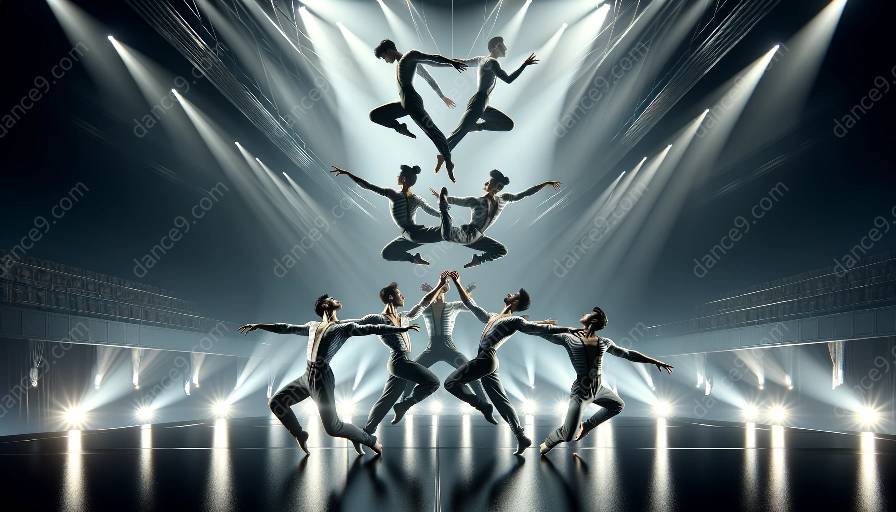Enhancing acrobatic and dance performances through music is a powerful way to elevate the artistry and impact of these physical and emotional expressions. The synergistic relationship between music and movement has been a fundamental aspect of human culture for centuries, and its potential to enhance acrobatic and dance performances is immense. In this comprehensive guide, we will explore how music can be used to create unforgettable performances, elevate the audience experience, and enhance the training and teaching of acrobatics and dance.
The Power of Music in Acrobatic and Dance Performances
Music serves as a vital component in acrobatic and dance performances, providing rhythm, emotional depth, and energy. The right music can set the tone for a performance, amplifying its emotional impact and helping performers synchronize their movements, creating a seamless and captivating experience for the audience. Whether it's a high-energy acrobatic routine or an emotive contemporary dance piece, the music acts as the driving force that ties the movements together to create a cohesive and engaging performance.
Enhancing Emotional Expression
Music has the power to evoke emotions, and when paired with acrobatics and dance, it can elevate the emotional expression of the performers. Whether it's a soaring melody that complements a graceful aerial routine or a pulsating beat that intensifies a dynamic dance sequence, the right music can amplify the emotional impact of the performance, allowing the audience to connect more deeply with the artistry on stage.
Boosting Energy and Rhythm
Acrobatic and dance performances often rely on precise timing and rhythmic coordination. Music acts as a catalyst in this aspect, providing a steady beat or rhythm that helps performers maintain their tempo and synchronize their movements. The energy of the music can also infuse performances with vitality, enhancing the dynamics and intensity of acrobatic and dance routines, resulting in a more arresting and mesmerizing show for the audience.
The Benefits of Incorporating Music into Dance Classes
Beyond its impact on live performances, music plays a crucial role in the training and teaching of acrobatics and dance. When integrated into dance classes, music serves as a motivational tool, enhancing the learning experience and fostering a deeper connection between students and their art form.
Motivation and Inspiration
Music can inspire and motivate dancers, serving as a source of creativity and passion. In a dance class setting, the right music can uplift and energize students, making the learning process more enjoyable and helping them to connect with the movements on a deeper level. By incorporating music that resonates with the style and theme of the dance, instructors can ignite the students' passion and commitment to their craft.
Timing and Musicality
Teaching students to dance in sync with the rhythm and musicality of a piece is essential for their overall performance quality. By integrating music into dance classes, instructors can train students to develop keen musical awareness, aiding them in understanding the nuances of timing, phrasing, and musical interpretation in their choreography. This holistic approach helps dancers become more well-rounded performers, capable of elevating their art through the seamless integration of music.
Expressive Movement and Artistry
Music enhances the expressive movement and artistry of dancers, allowing them to embody the emotions and narrative of a piece more effectively. It encourages dancers to explore different dynamics, nuances, and textures within the music, thereby fostering a deeper understanding of how to merge movement and music cohesively. This, in turn, leads to more profound and impactful performances that resonate with audiences on a visceral level.
Conclusion
Music holds the power to transform acrobatic and dance performances, elevating them to new heights of artistry, emotional resonance, and captivation. By understanding the symbiotic relationship between music and movement, acrobats, dancers, and instructors can harness this synergy to create compelling and unforgettable performances. Whether on stage or in the dance studio, the integration of music enriches the experience, deepens the emotional connection, and fosters a sense of unity between performers and their audience.
Enhancing acrobatic and dance performances through music is not only a creative endeavor but also a transformative one, allowing artists and students to explore the boundless possibilities that arise when movement and music converge.













































































